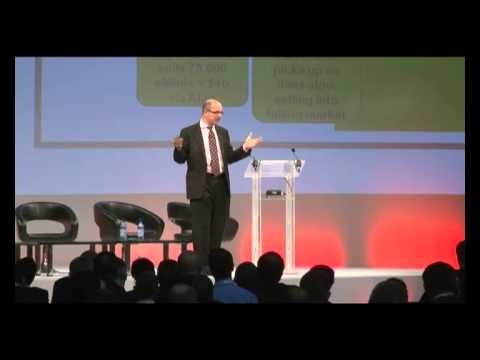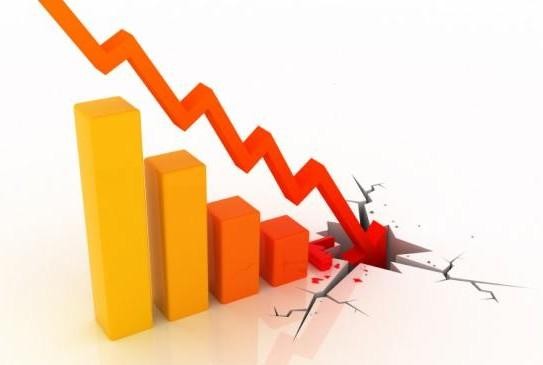Flash Crash Could it happen again
Post on: 5 Июль, 2015 No Comment

Six-year-old stumps Disney CEO
CNNMoney
It’s been exactly four years since the Flash Crash that sent the Dow plunging almost 1,000 points, but plenty of people fear it could happen again.
One of the culprits of the Flash Crash was high-frequency trading where computers are programmed to trade a lot of stocks incredibly fast. Michael Lewis’ recent book Flash Boys brought the issue back into the limelight. He even went as far as to say the market is rigged.
To be fair, there have been changes since Flash Crash. There is now a maximum range that the price of a stock can go in a short period of time. This is supposed to prevent huge swings.
But Joe Saluzzi, co-author of Broken Markets, said the market remains susceptible to a flash crash of around 7%, or roughly 1,200 points on the Dow.
It could still happen. The structure of the market is still not sound, said Saluzzi.
On that fateful day of May 6, 2010, fears about the European sovereign debt crisis (remember that?) sent the S&P 500 plunging 4%. But then the market plummeted almost another 6% in mere minutes before mysteriously rebounding about as quickly.
No one seemed to know what the heck was going on. Before you could figure out what happened, it sprung back up on you. It was just insane, said Saluzzi, co-head of Themis Trading.
A report by U.S. regulators concluded that the Flash Crash was the product of high-frequency traders halting activity following a massive trade by a single market participant. In order for the market to function, there have to be people wanting to make trades. That didn’t happen for awhile.
While the withdrawal of a single participant may not significantly impact the entire market, a liquidity crisis can develop if many market participants withdraw at the same time, the report from the SEC and Commodity Futures Trading Commission said.
That conclusion left some investors wishing for the days when trading was done mostly by humans (known as specialists), not machines. Today, the markets depend on the volume generated by high-speed traders — and their computers. The machines don’t feel obligated to step in during a crisis.
High-frequency traders on May 6 accelerated the decline, while a specialist would have been prohibited from doing so, said Joel Hasbrouck, a professor at New York University.
However, Hasbrouck, who has been paid to teach a program at a high-frequency trading firm, said it was more expensive for investors to trade stocks during the era of specialists.
The Flash Crash sparked a number of regulatory changes aimed at safeguarding the equity markets.
For example, the SEC approved a limit up-limit down mechanism that prevents trades in individual stocks from swinging outside a specified price band.
The band is set as a percentage level above and below a stock’s average price in the preceding five-minute window. For heavily traded securities like those in the S&P 500, that limit level is 5%, while for other stocks it’s set at 10%.

So what more can be done to strengthen market structure?
We think you’ve got to build deeper pools of liquidity by removing conflicts of interest and encouraging real market participants to come back, said Saluzzi.
There’s a big push to ensure a level playing field for all investors. One area of scrutiny is the access to proprietary data feeds that exchanges license to high-frequency traders.
Hasbrouck said exchanges should make their data available at a reasonable cost to all participants on an equal basis.
Regulators could also turn their attention to dark pools, the anonymous trading entities that account for large chunks of market activity these days. The lack of dark pool oversight has been blamed by some for complicating market structure.
Following the release of Lewis’ book, Goldman Sachs said it’s considering closing Sigma X, which is one of the largest dark pools in the world.
The fragmentation of visible liquidity and diversion into dark pools is an ongoing regulatory concern, said Hasbrouck. He said the U.S. could replicate reasonable regulations that Canada rolled out in 2012 to restrict dark pool trading.
Saluzzi, whose book on market structure was released in 2012, said Flash Boys has accelerated discussions about market reform.
It is slowly moving in the right direction, he said.














